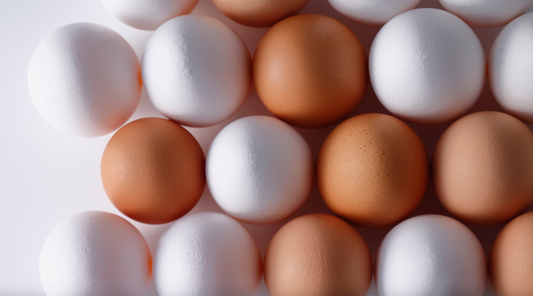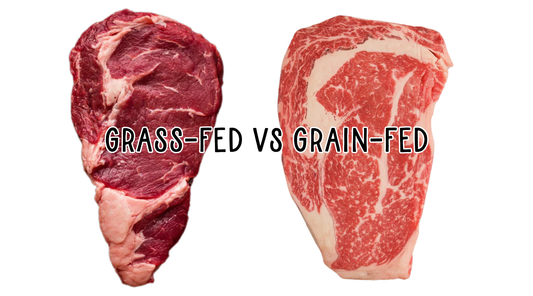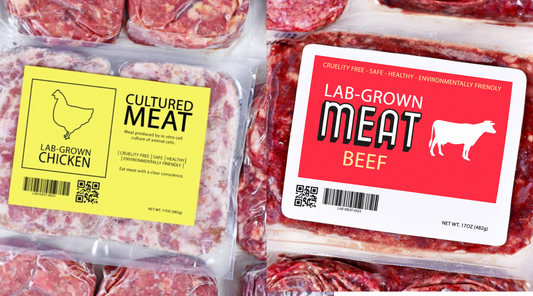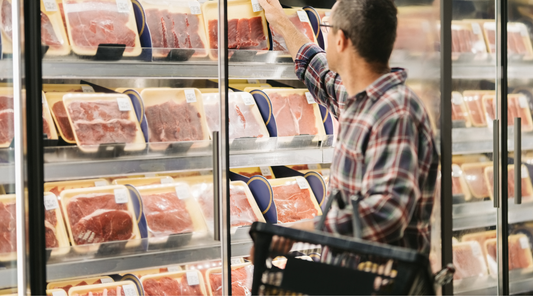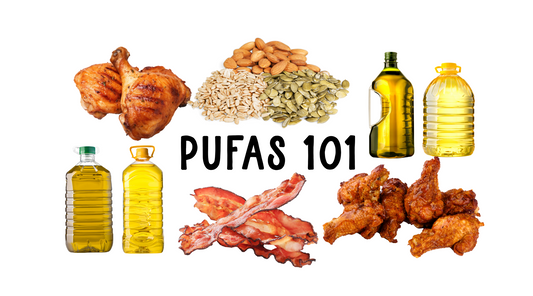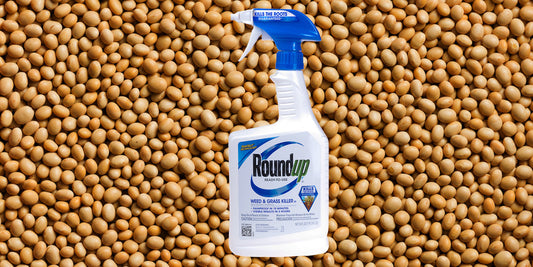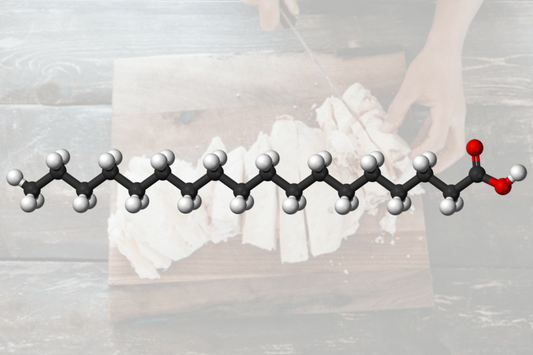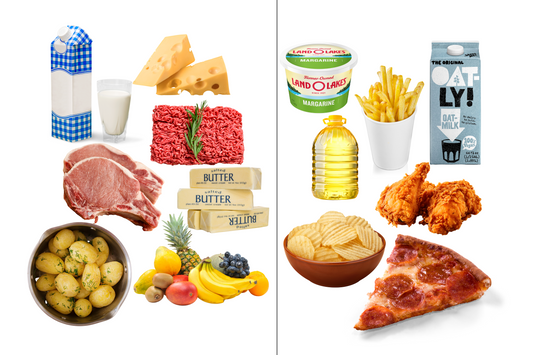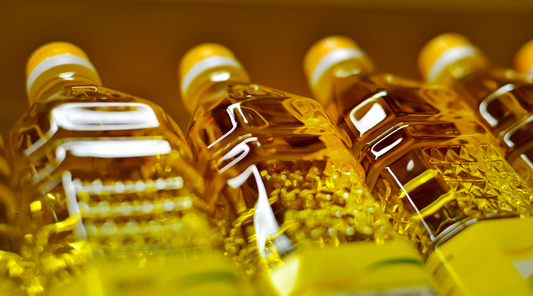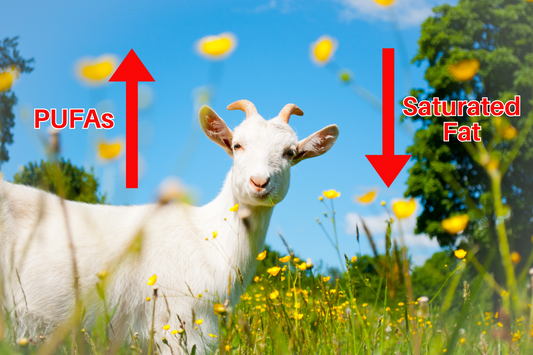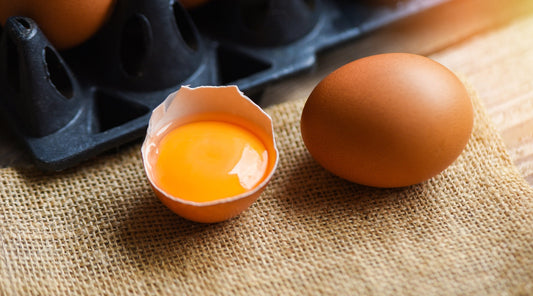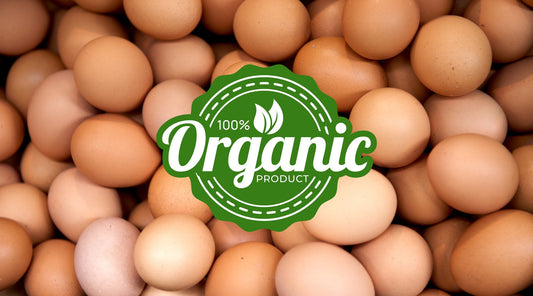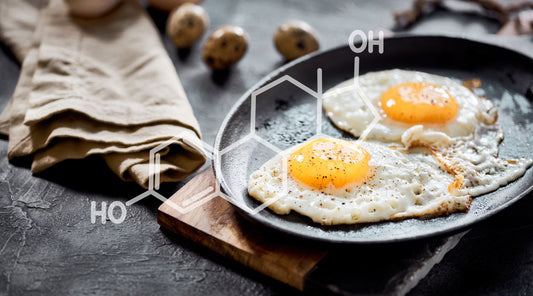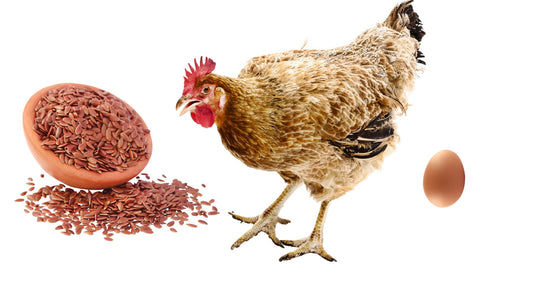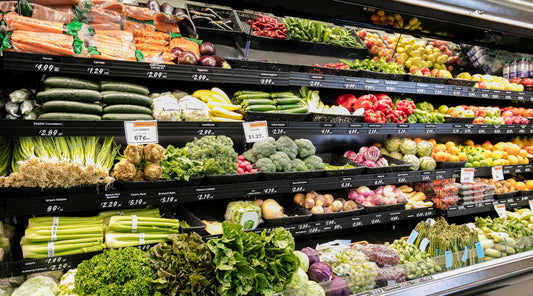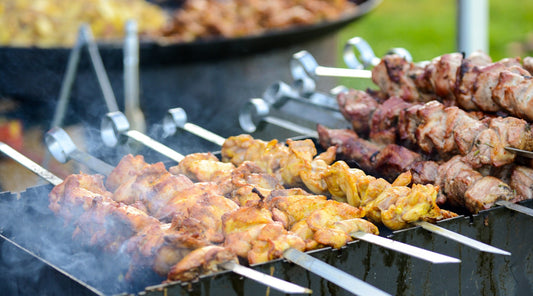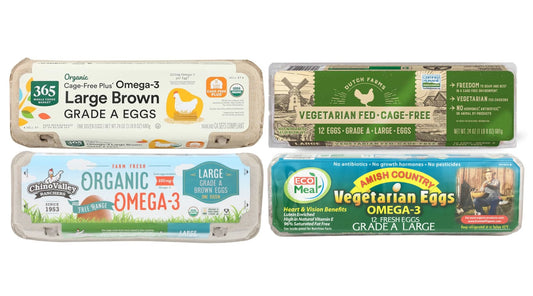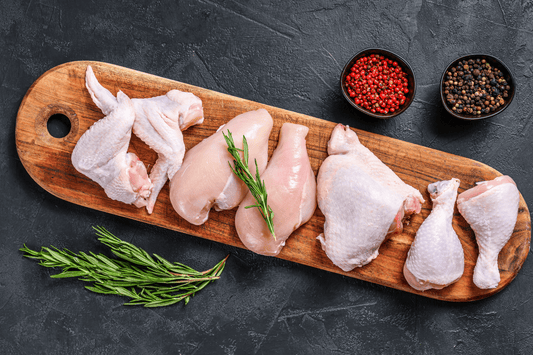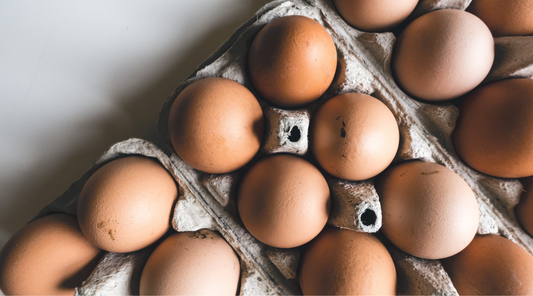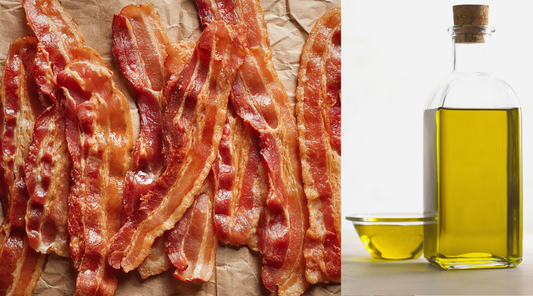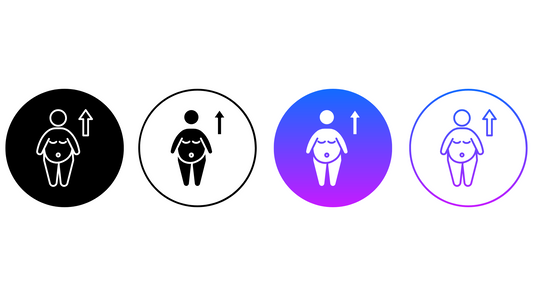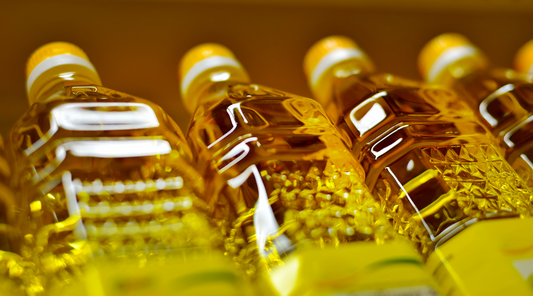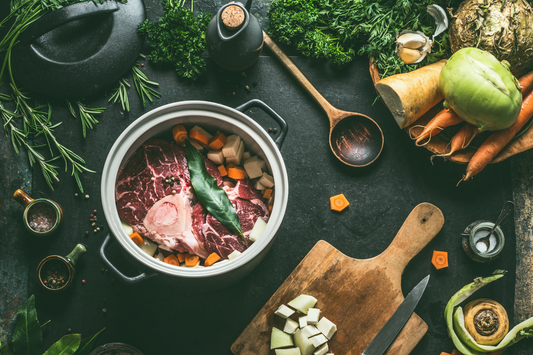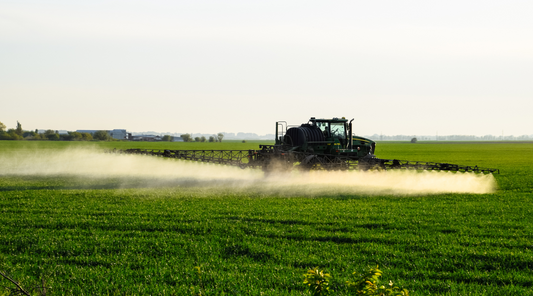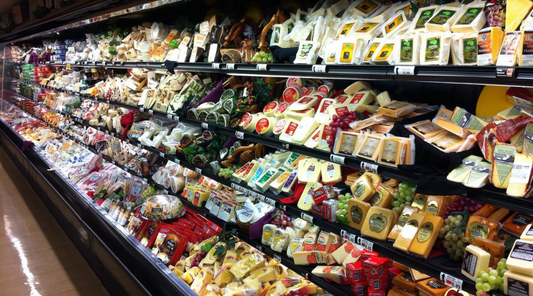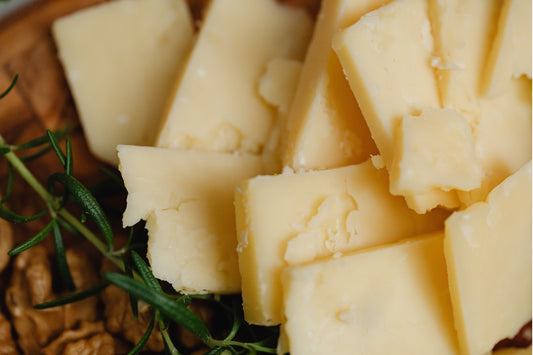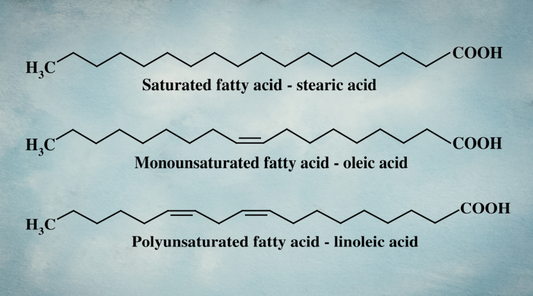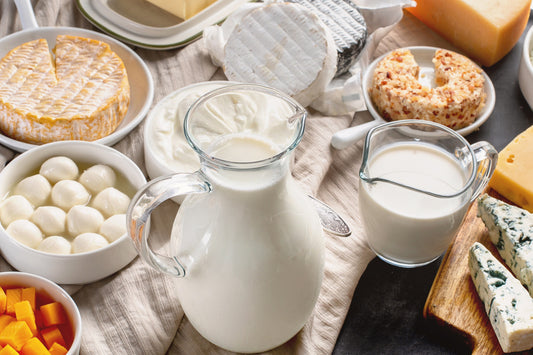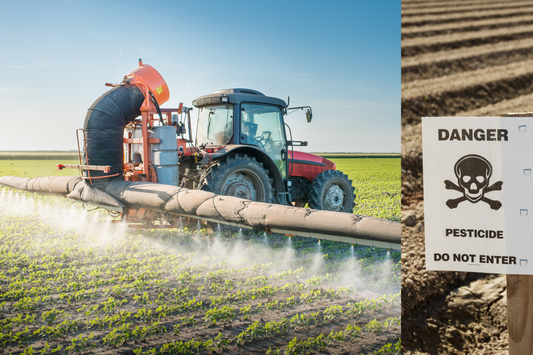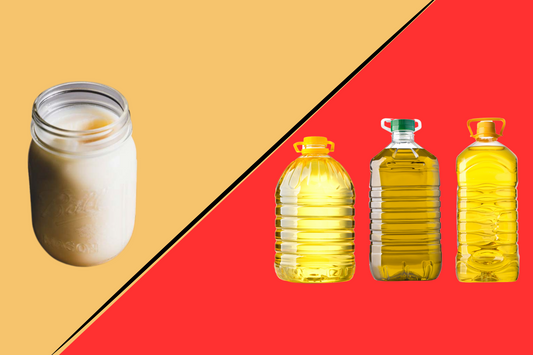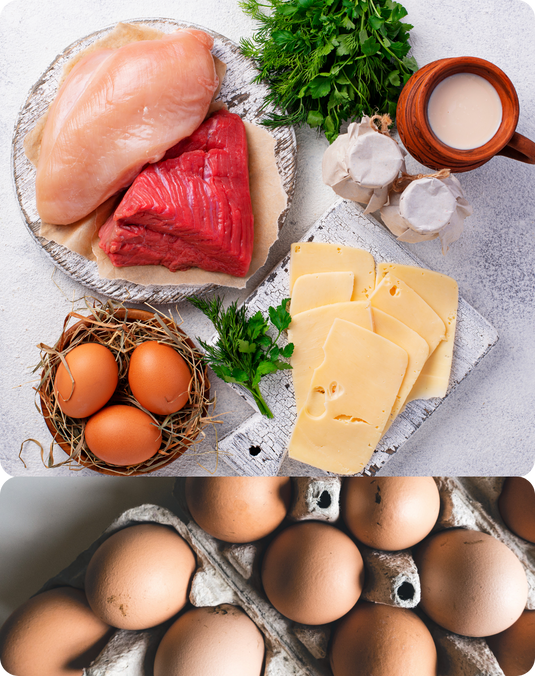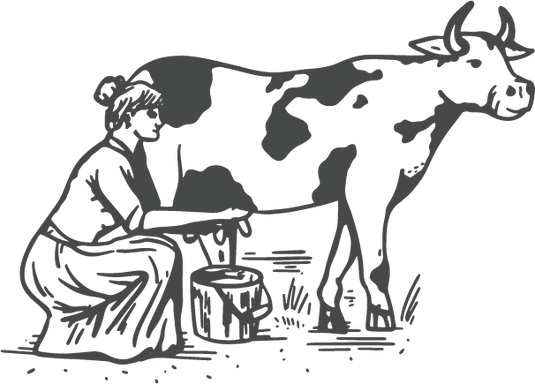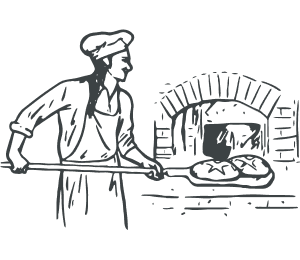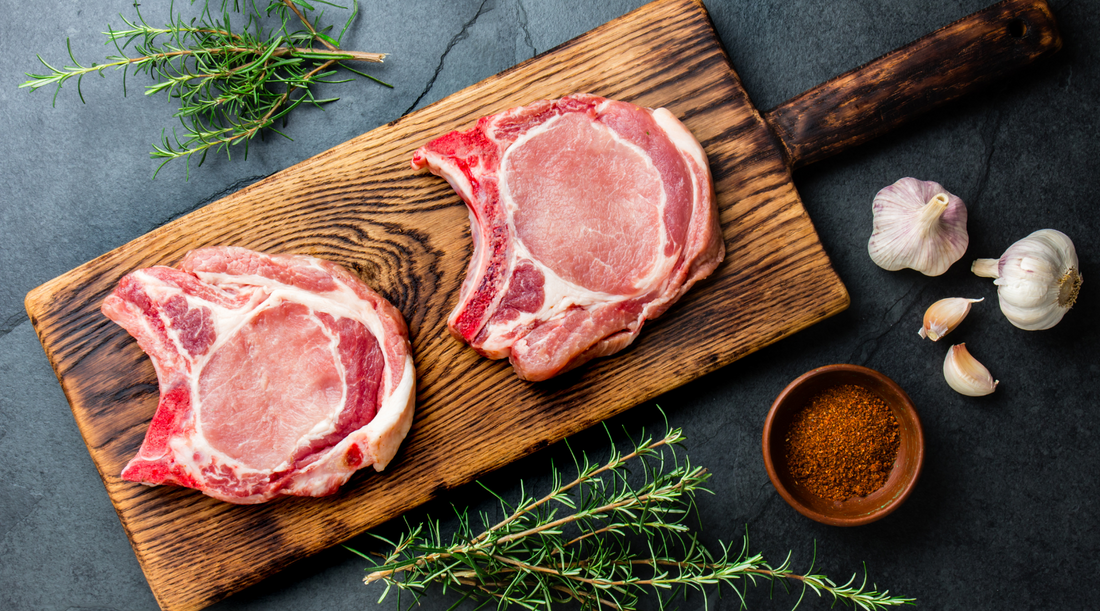
Pork and Metabolism: How This Vitamin B1‑Rich Meat Boosts Energy
Pork is an underrated superfood for your metabolism.
When you think of nutrient‑dense meats, you probably picture beef or chicken. But here’s a surprising fact: pork is one of the richest natural sources of vitamin B1 (thiamine), an essential nutrient for proper energy metabolism.
In fact, pork contains 2–3× more vitamin B1 than chicken and 5–10× more than beef.
Just 100 g of cooked pork loin provides 70–75% of your daily recommended intake for this critical vitamin.
Okay... why should we care?
Vitamin B1 (thiamine) plays a crucial role in converting the food you eat into energy (ATP), especially when it comes to carbohydrate metabolism.
Here’s how it works (briefly):
1. Carbs --> Glucose
When you eat carbohydrates (fruit, rice, sourdough, potatoes, etc.), your body breaks them down into molecules of glucose.
2. Glucose --> Pyruvate
Through a process called glycolysis, glucose is further broken down into two molecules of pyruvate.
3. Enter the Fork in the Road
At this stage, your body has two choices:
- Stop at glycolysis, where minimal ATP is produced and unfavorable lactate is generated, which in high levels can contribute to cellular stress and metabolic dysfunction.
- Go the full route, where pyruvate enters the mitochondria for oxidative phosphorylation: the ideal energy production pathway that produces 30-36 molecules of ATP per molecule of glucose, and beneficial CO2.
To move forward with oxidative phosphorylation, pyruvate must be converted into acetyl‑CoA by the pyruvate dehydrogenase complex, and B1 is the essential cofactor that makes this step possible!
Without enough B1, this process stalls, pyruvate is shunted into lactate, and energy production bottlenecks.
This makes B1 rate‑limiting for an optimal metabolism and higher levels of ATP production, especially when consuming carbohydrates.
Could a low Vitamin B1 intake be one reason why you can't digest carbs well?

Throwback: Our Ancestors Ate More Pork
Did you know that pork used to be more common than beef in American diets?
In the early 1800s, pork was a dietary staple. It was easy to raise on scraps and foraged food out on pasture, making it accessible to families across all social classes.
Beef, on the other hand, wasn't as accessible and was more expensive and often reserved for the wealthy or special occasions. Early travelers noted that Americans ate both meats, but pork featured far more heavily in everyday meals.
Reading through old cookbooks from the era, it’s clear:
pork was a staple food across households, and for good reason. It provided abundant Vitamin B1 and other vital nutrients.
Our ancestors didn't have problems with carbs, didn't have gut issues, weren't overweight, had better metabolisms. Maybe it was because they ate a lot of Vitamin B1?
The Problem with Modern Pork..
But here’s the catch: pork today isn’t the same as pork from 100-200 years ago.
After industrial agriculture took over after the wars, pigs were:
-
Confined indoors in massive barns.
-
Fed cheap, PUFA‑rich corn, soy, and distillers’ grains.
-
Heavily medicated with antibiotics, vaccines, and other interventions.
As a result, modern pork fat is much higher in polyunsaturated fats (PUFAs), sometimes approaching the PUFA content of canola oil.

Remember, PUFAs in = PUFAs out. So when pigs eat more PUFAs, more end up on your plate, and inside of you.
Turns out there are consequences to stuffing animals into buildings along with mass production of corn and soy...
The Solution: Seek out Better Pork
This doesn’t mean you should avoid pork, it means you should choose better pork.
At Nourish Food Club, our pigs are:
-
Mobile pasture‑raised with access to grass and sunshine.
-
Needle‑free (no vaccines or antibiotics).
-
Fed a custom‑made, low‑PUFA, corn‑ and soy‑free diet
-
Regularly rotated to fresh pastures to support their health and the land.
The result?
Pork that’s nutrient‑dense, rich in B vitamins, lower in PUFAs, and absolutely delicious.

If you don’t have access to high‑quality pork, I recommend choosing leaner cuts (like tenderloin or lean chops). This reduces your PUFA exposure since toxins and unstable fats are more concentrated in fattier cuts like bacon and ground pork.
The Takeaway
Pork is one of the best natural sources of vitamin B1, a critical nutrient for efficient carbohydrate metabolism and optimal energy production.
Your metabolism will thank you if you rotate in some quality pork into your diet.
By returning to traditional farming methods, we can restore pork to the nutrient‑dense, health‑supportive food it used to be, and make it an asset for your metabolism, not a liability.
Know your farmer. Know your food.




